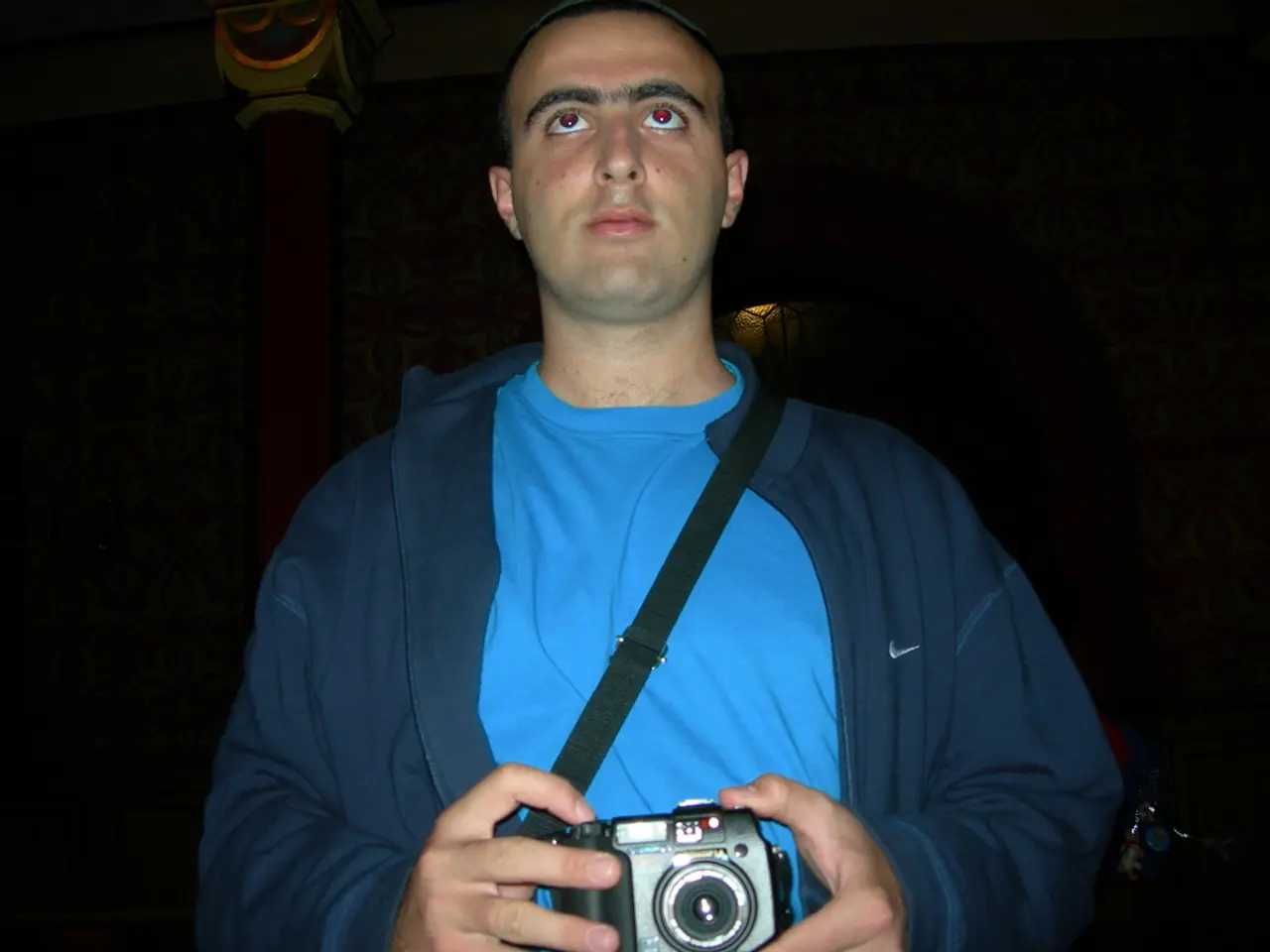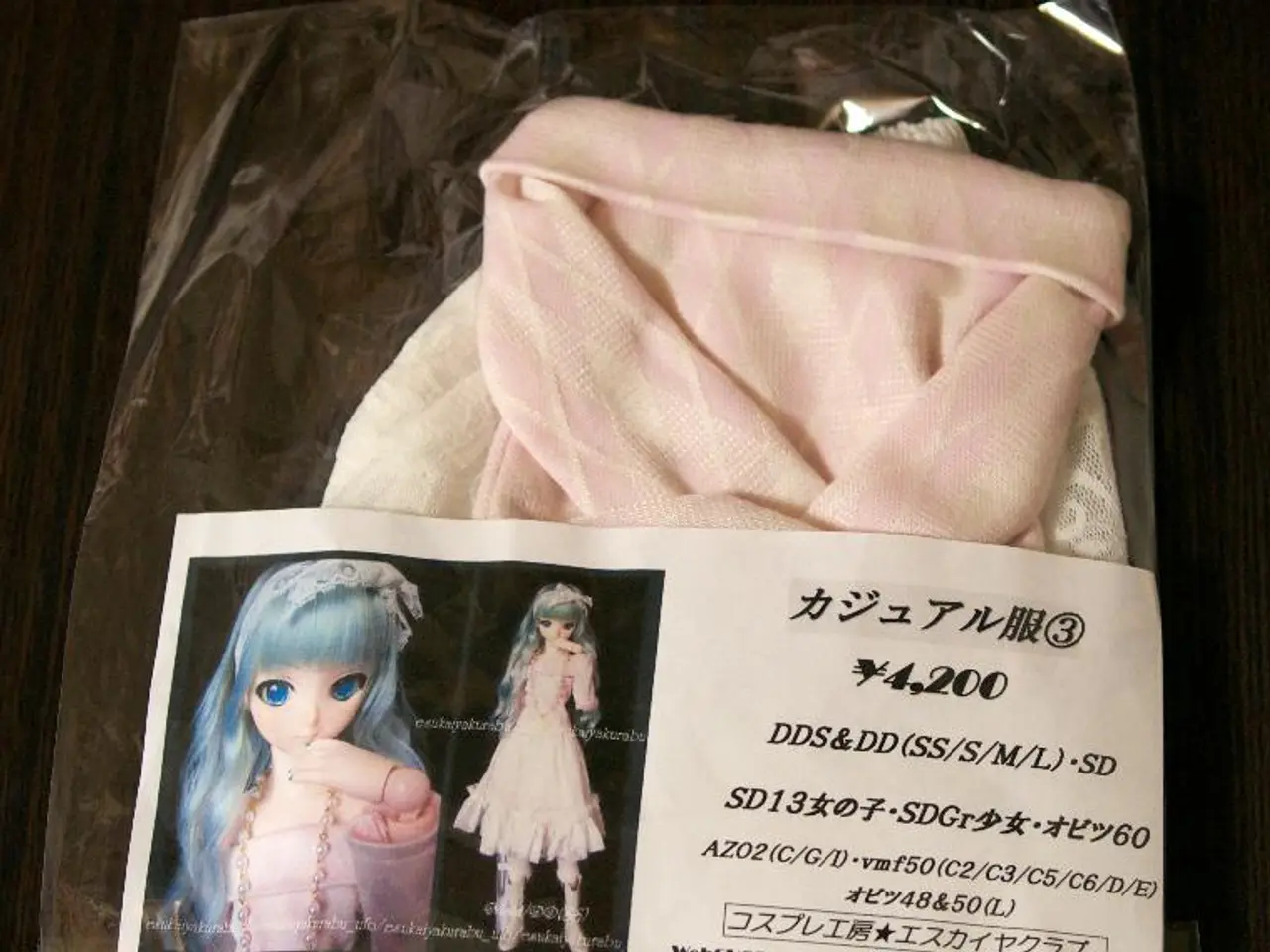Starting point for exploring the works of Czech filmmaker Jan Švankmajer
Jan Svankmajer, a renowned Czech filmmaker, is celebrated for his unique approach to animation that seamlessly blends live-action, surrealism, and tactile manipulation of objects. Svankmajer's work, spanning over five decades, includes twenty-six short films and seven feature-length works.
One of his most distinctive techniques is the hybrid live-action and animation approach. In films like "Alice" (1988) and "Down to the Cellar" (1983), Svankmajer masterfully combines live-action performance with stop-motion animation, creating a dreamlike experience that blurs the line between reality and fantasy.
Svankmajer's films are steeped in surrealism, drawing inspiration from artists such as Kafka and Buñuel. He invests everyday objects with ominous, absurd, or uncanny qualities, transforming the mundane into the macabre. This is evident in films like "Alice" and "Dimensions of Dialogue" (1982), a series of three short films shot using claymation, depicting clay figures interacting without dialogue.
Materiality and tactility are also key aspects of Svankmajer's animation. He frequently uses clay, puppets, found objects, and even food, which he manipulates with deliberate, sometimes unsettling, precision. This tactile approach gives his films a handmade, textured quality, heightening their eerie and visceral impact.
Beyond animation, Svankmajer's artistic practice includes drawing, free graphics, collage, and ceramics. He frequently incorporates these techniques into his films, creating a rich, layered visual style. The use of collage allows for abrupt, disjointed transitions and juxtapositions that further enhance the surreal atmosphere.
Svankmajer's films often eschew traditional storytelling in favour of associative, symbolic, or fragmented narratives, inviting multiple interpretations and emphasizing mood and texture over plot. This approach aligns with his broader interest in exploring the subconscious and the irrational.
Milos Forman, a fellow pioneer of the Czech New Wave, referred to Svankmajer as being like Disney plus Buñuel. In 1972, Svankmajer clashed with Czech authorities over the politically subversive content of "The Castle of Otranto" and was banned from filmmaking until 1979. Following the lifting of the ban, Svankmajer returned with a series of influential short films, among them "Dimensions of Dialogue."
One of Svankmajer's most acclaimed and accessible works is "Little Otik" (2000), a dark comedy based on a Czech fairy tale, telling the story of a childless couple who raise a tree stump as their baby, blending folklore, body horror, and surrealist humor.
Jan Svankmajer's work remains a touchstone for experimental animation, distinguished by its fearless blending of media, obsessive attention to materiality, and unwavering commitment to the surreal and the subconscious.
| Technique | Description | Example Films | |----------------------------|-----------------------------------------------------------------------------|------------------------------| | Hybrid Live-Action/Animation | Combines real actors with animated objects/scenes | *Alice* (1988), *Down to the Cellar* (1983) | | Surrealist Visuals | Uses dreamlike, absurd, and macabre imagery | *Alice*, *Dimensions of Dialogue* | | Material Manipulation | Emphasizes tactile, physical interaction with objects (clay, food, etc.) | *Food* (1992), *Darkness/Light/Darkness* | | Collage/Mixed Media | Incorporates drawing, collage, ceramics into animation | Various shorts | | Experimental Narrative | Favors symbolic, fragmented, non-linear storytelling | *The Ossuary* (1970), *The Flat* (1968) |
Svankmajer's unique experimental films, like "Alice" and "Down to the Cellar," offer a blend of live-action performance and stop-motion animation, merging fantasy and reality to provide an entertaining yet surreal experience. His work also incorporates unconventional storytelling methods, which often eschew traditional narratives, inviting multiple interpretations.








